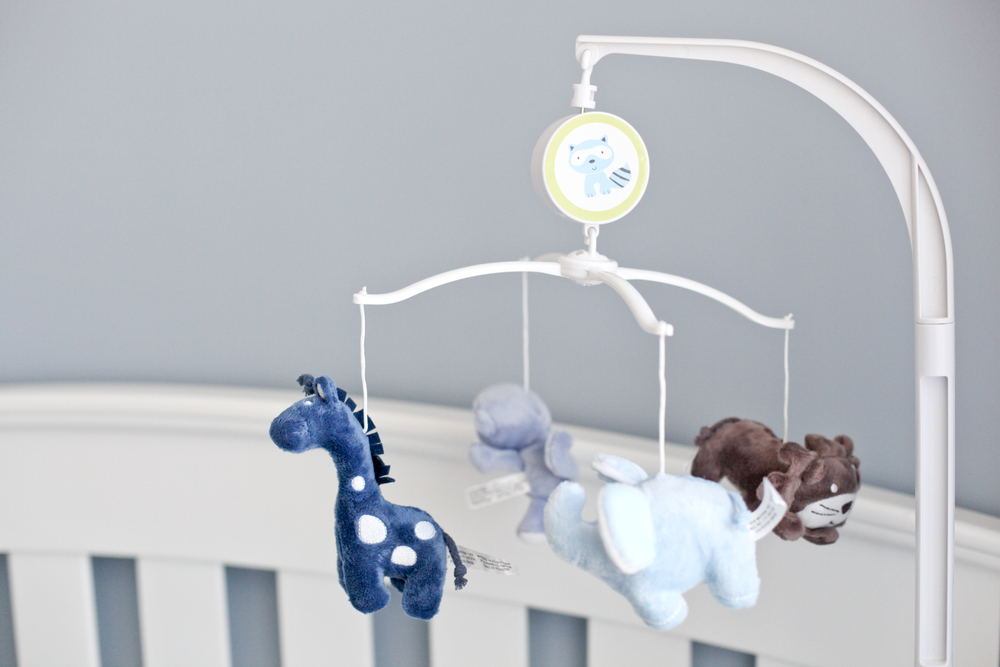US Birth Rates Hit Another Record Low in 2018

The U.S. birth rate continues to fall, reaching another record low in 2018, according to a new report from the Centers for Disease Control and Prevention (CDC).
Last year, there were 59 births per 1,000 U.S. women ages 15 to 44, which is 2% lower than the rate in 2017, and the lowest recorded rate since the government started tracking birth rates in 1909, according to the report.
Overall, just under 3.8 million babies were born in 2018, which is a 2% drop from the number born in 2017, and the lowest number of births in the U.S. in 32 years, the report said. [7 Baby Myths Debunked]
Birth rates generally declined for women under 35, and in particular, for women in their early 20s, who saw a 4% drop in birth rates from 2017 to 2018. In contrast, birth rates rose slightly for women ages 35 to 39 and 40 to 44.
The birth rate among females ages 15 to 19 also fell 7% from 2017 to 2018, to a rate of about 17 births per 1,000 teens.
The new report cannot determine the reason for the overall decline in U.S. births. But one possibility is economic uncertainty, Karen Benjamin Guzzo, associate director of the Center for Family & Demographic Research at Bowling Green State University in Ohio, told Live Science in a 2018 interview. Even though the Great Recession technically ended in 2009, people may still feel uneasy about their economic situation; they may be employed but working part time, or going to school and working, or trying to pay off student loans, Guzzo said.
"People feel just really uncertain about the future," Guzzo told Live Science. "And that generally does not bode well for having kids."
Sign up for the Live Science daily newsletter now
Get the world’s most fascinating discoveries delivered straight to your inbox.
- Trying to Conceive: 10 Tips for Women
- Trying to Conceive: 10 Tips for Men
- Conception Misconceptions: 7 Fertility Myths Debunked
Originally published on Live Science.

Rachael is a Live Science contributor, and was a former channel editor and senior writer for Live Science between 2010 and 2022. She has a master's degree in journalism from New York University's Science, Health and Environmental Reporting Program. She also holds a B.S. in molecular biology and an M.S. in biology from the University of California, San Diego. Her work has appeared in Scienceline, The Washington Post and Scientific American.
Is getting an IUD painful?
'Useless' female organ discovered over a century ago may actually support ovaries, study finds










